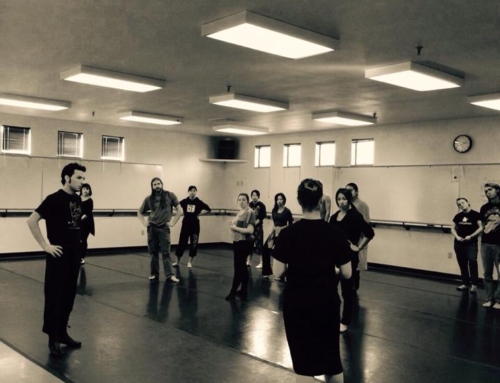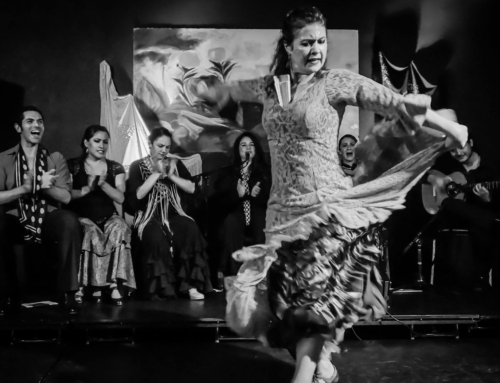Here are some basic leadership lessons I am slowly but surely learning the hard way, and go figure, they are all connected. I am not exactly a natural leader. I step in to leadership roles if need be, but it’s not something I seek out–so becoming an artistic director definitely has its learning curve. I think the challenges I am learning from are common in the arts, where people in charge do not necessarily have any managerial training.
1. How you say things matters just as much, if not more, than what you’re saying.
When it comes to managing members of a company and those involved in the work, the way you word something you’re asking for can be just as important as what you’re asking for. I’ve recently learned how important the word “try” is. Let’s try this, or try that–so it’s not a demand. People are more likely to do something they may not agree with if they’re just trying it out, and not feeling forced to do something in a new way. The same goes for teaching too…
It can be extremely stressful to produce and perform in a show. It’s stressful enough to do one of those, much less both at the same time. When I get really stressed, rather than communicate more clearly, I tend to get frustrated and, well, turn in to a bit of a diva. In high stress situations when your name or your company’s name is on the line, it’s easy to slide into a mentality of “I need this and I need that…and me me me me me…” Thank goodness I have some really awesome mentors (and my mom) who keep me in check and call me out when I start being a diva. It’s not so much what I am asking for in these moments of high-stress before a show (they are not unreasonable things, usually necessary for the show to work), but how I ask.
Not just in the performing world, but in everything–communication and translation can make or break a project. I cannot think of any field where translating from one specialty to another does not happen. Success often depends on all people involved being clear on what they need. Even with clear communication, circumstances are not always ideal, and that’s when teamwork becomes really important–everyone working together to make a project happen even when elements beyond the team’s control are not ideal.
2. Express your gratitude. And stay grateful.

I am very grateful for the people I get to work with, and try to communicate that as much as possible. I learned that from my own experience when I was not in charge. Feeling undervalued means you probably don’t perform your best. I try to always show my appreciation for those working on a project to help bring out the best from everyone involved. I am lucky enough to work with people I highly admire and respect, and know that projects are not possible without everyone involved–including the security guard who locks the doors at the end of the night, the funders, and everyone in-between.
3. I am not superwoman.
Sometimes I think I can do way more than I actually can, as a dancer and/or as a director. In the arts, there is often just not enough time (and not enough money). We do the best with given circumstances, but I have a habit of, more often than not, biting off more than I can chew. Yes, it’s probably one of several reasons I have been successful–I am always challenging and pushing myself. I am learning my limits, sometimes the hard way. I wouldn’t need to be superwoman if I knew how to ask for help, which leads me to number four…
4. I don’t know how to ask people to help me.
I am used to doing things on my own, I am self-driven, I have a type A personality, and have always been very independent. But I cannot run a company on my own. The problem is, I don’t always know how to ask for help, or I feel bad asking for help. What I am learning is, lots of people are more than willing to help, and knowing how to ask them and being clear with my communication would mean I do not have to do everything on my own.
5. Hierarchy can be really useful.
I’ve written a little about this in some recent blog posts. It can be very helpful to have a chain of command, even in collaborative projects. So maybe not so much a hierarchy but a structure of leadership. Making sure that structure is clear to everyone helps things run smoothly. This may seem obvious to anyone who works in an office, but for artists who often jam without any clear leader, or on the opposite end of the spectrum, are used to being able to carry out their vision and working individually, working in a group or within someone else’s vision is not always so easy. So once again, giving clear roles where everyone can have creative input, yet a leader fills the necessary role of keeping things moving along, making the decisions when not everyone agrees, and keeping the vision as the end target.
For more on that, I recently read Twyla Tharp’s The Collaborative Habit and recommend it.
And so I continue to learn and grow as a person as much as an artist….










Leave A Comment